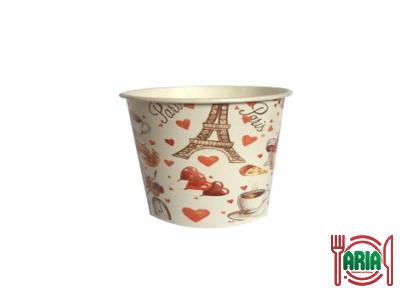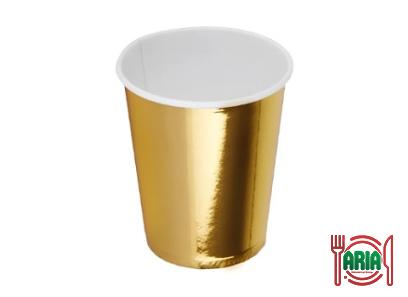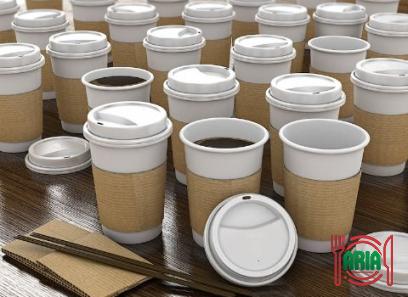Do you ever find yourself curious about how many plastic teaspoons are in a tablespoon? The differences or sizes of the spoon can be mentioned among their factors.
When it comes to cooking, both a teaspoon and a tablespoon are utilized as units of measurement; however, there are some key distinctions between the two.
The distinction between a teaspoon and a tablespoon mostly rests in the capacity of each of these measuring spoons.
The standard measurement for a teaspoon is 5 milliliters, whereas the standard measurement for a tablespoon is 15 milliliters. As a result, the size of a teaspoon is always less than that of a tablespoon.

The two types of plastic most commonly utilized in the production of utensils made of plastic are polypropylene and polystyrene.
The production of plastics begins with the creation of monomers, which is followed by the polymerization process. Monomers, also known as molecules with a single chain, like ethylene and propylene, may be produced by using natural gas and oil.
Because it is difficult to recycle plastic utensils, the most prudent course of action is to reuse them.
You will do this by routinely cleaning and using it until it can no longer serve its intended purpose. A teaspoon has a capacity of around 5 milliliters, whereas a tablespoon has a capacity of about 15 milliliters.
One-third of a tablespoon is equivalent to one teaspoon, which is a volume measurement unit. A little plastic spoon, about the size of a teaspoon, can be utilized for a variety of purposes, including the consumption of yogurt from a jar as well as the addition of sugar to tea.
As is common knowledge, the capacity of a teaspoon is around 5 milliliters, whereas the capacity of a tablespoon is approximately 15 milliliters.
A teaspoon is about equivalent to a third of a tablespoon. The capacity of a typical little plastic spoon is around 1 teaspoon. There is a range of sizes available for plastic spoons.
Therefore, they may function as either teaspoons or tablespoons. The dishwasher, as well as hand washing, are also viable options for cleaning plastic spoons and other plastic utensils.
It is not a good idea to reuse plastic spoons because they are designed to be used just once before being thrown away. But, you may still reuse them after cleaning them; however, after a few uses, they will get too dirty to reuse and will no longer be usable.
Plastic cutlery of any kind, including knives, forks, and spoons, is often not accepted in municipal recycling programs.
Therefore, unless you are certain that they will be accepted in your community’s system, it is advisable to throw them away in the garbage.
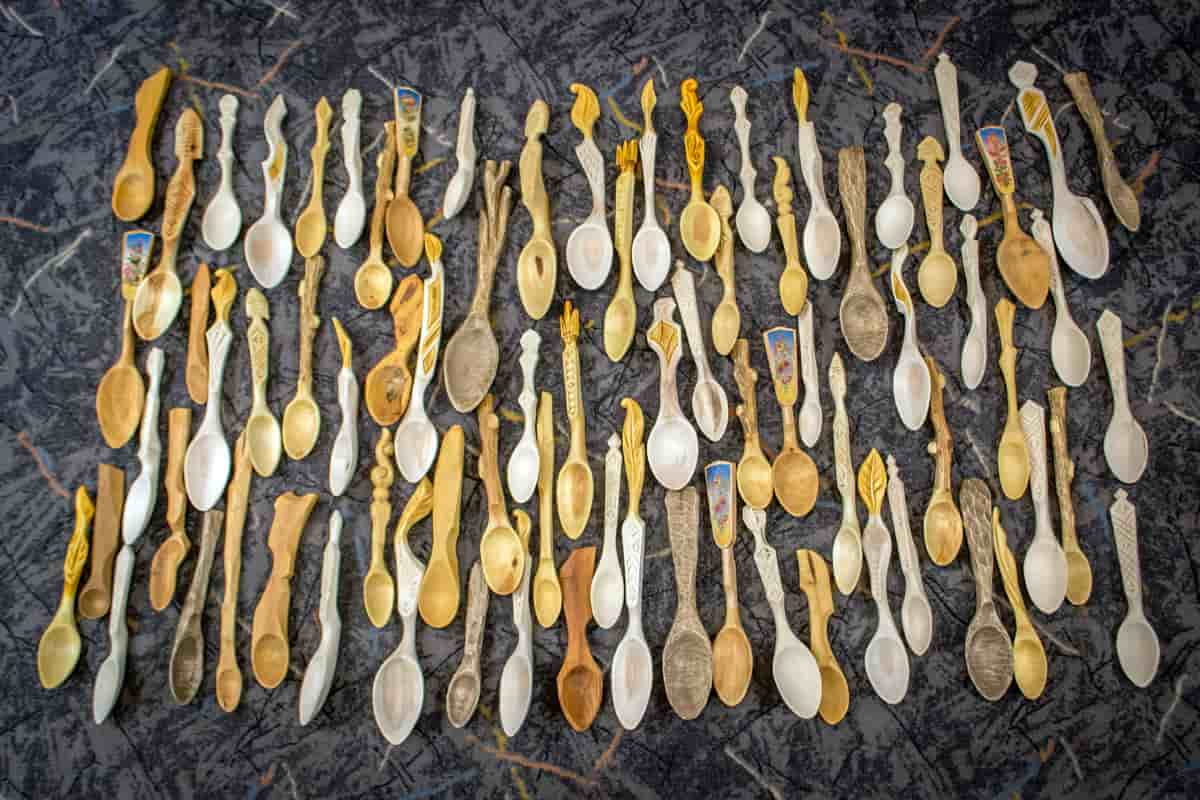
The cutlery that we use while we eat is often composed of recyclable plastic, including the utensils that we use. Because of this, the plastic fork and spoon are now considered to be among the things that may be recycled with relative ease.
Because it is difficult to recycle plastic utensils, the most prudent course of action is to reuse them. You will do this by routinely cleaning and using it until it can no longer serve its intended purpose.
Plastic cutlery such as spoons, forks, and knives can be recycled, and many recycling programs will accept them along with other types of plastic. However, a significant number of people do not do so because of the expense.
In the microwave, you should only use utensils made of microwave-safe plastic. If they cannot withstand the heat of the microwave, the plastic will melt. After a sufficiently extended amount of time, the temperature of the food within the container will deteriorate or melt the plastic.
By melting the plastic, you may be increasing the number of harmful chemicals in the environment, such as BPA and phthalates.
We are aware that water possesses a certain density, and thus objects that are denser than water can sink. For instance, the metal spoon has a density that is greater than that of the Water, and as a result, it will sink into the Water.
On the other hand, the plastic spoon has a density that is lower than that of the Water, and as a result, it will float on the surface of the Water.
12.8 inches is the standard length for a disposable teaspoon, which is acceptable for use by the vast majority of patrons. Long-handled spoons are typically used for preparing or eating meals that are presented in tall containers like milkshakes.
These spoons have a handle that is 14.2 inches long. The most typical kind of cutlery used for disposable meals is made of plastic. The production of plastic cutlery typically involves either polypropylene or polystyrene.
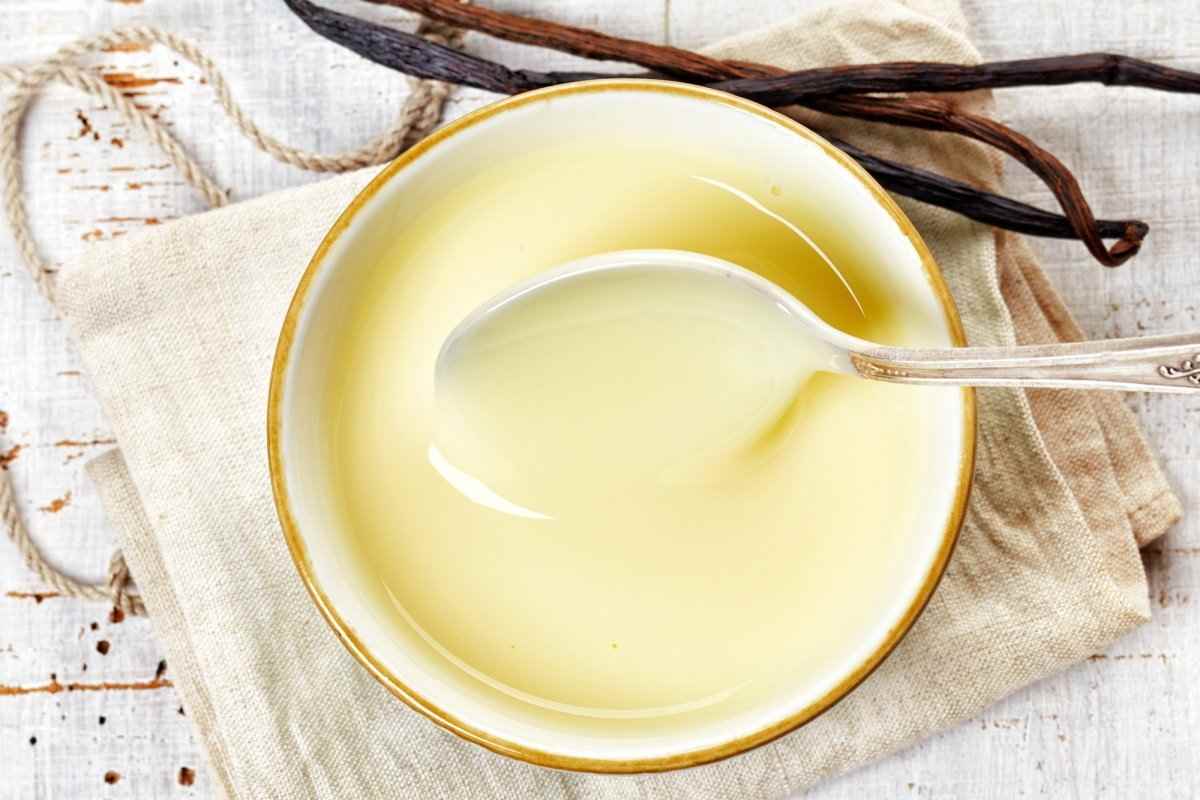
Polystyrene is the type of plastic that is most commonly used for spoons and is also the type of plastic that is most commonly linked with protective packaging.
The first plastic spoons appeared in the 1940s, but it wasn’t until the 1950s that widespread manufacture of these spoons got off.
A decade later, when the fast-food sector was starting to take off, they started to become commonplace. Plastic spoons, forks, glasses, and other items of kitchenware were initially brought to the market by companies such as Lustro Ware and Melmac.
Even though a teaspoon and a tablespoon are both considered to be units of measurement, the former is considerably more diminutive than the latter.
Simply glancing at pictures of a teaspoon and a tablespoon might be sufficient to demonstrate the difference in size between the two units.
The former has a measurement of 5 milliliters, whereas the latter has a standard measurement size of 15 milliliters, which is three times as large as the former.
The utilization of the two different spoons is another distinction between tablespoons and teaspoons.
In addition to its use as a measuring device in the kitchen, a teaspoon is often put to use for mixing liquids in a cup, whereas a tablespoon is mostly put to use for eating food and may also be used to serve it.
Our manufacture with exact observe can produce every kind of plastic spoon for our customers. Contact our managers to help you with bulk purchases.

